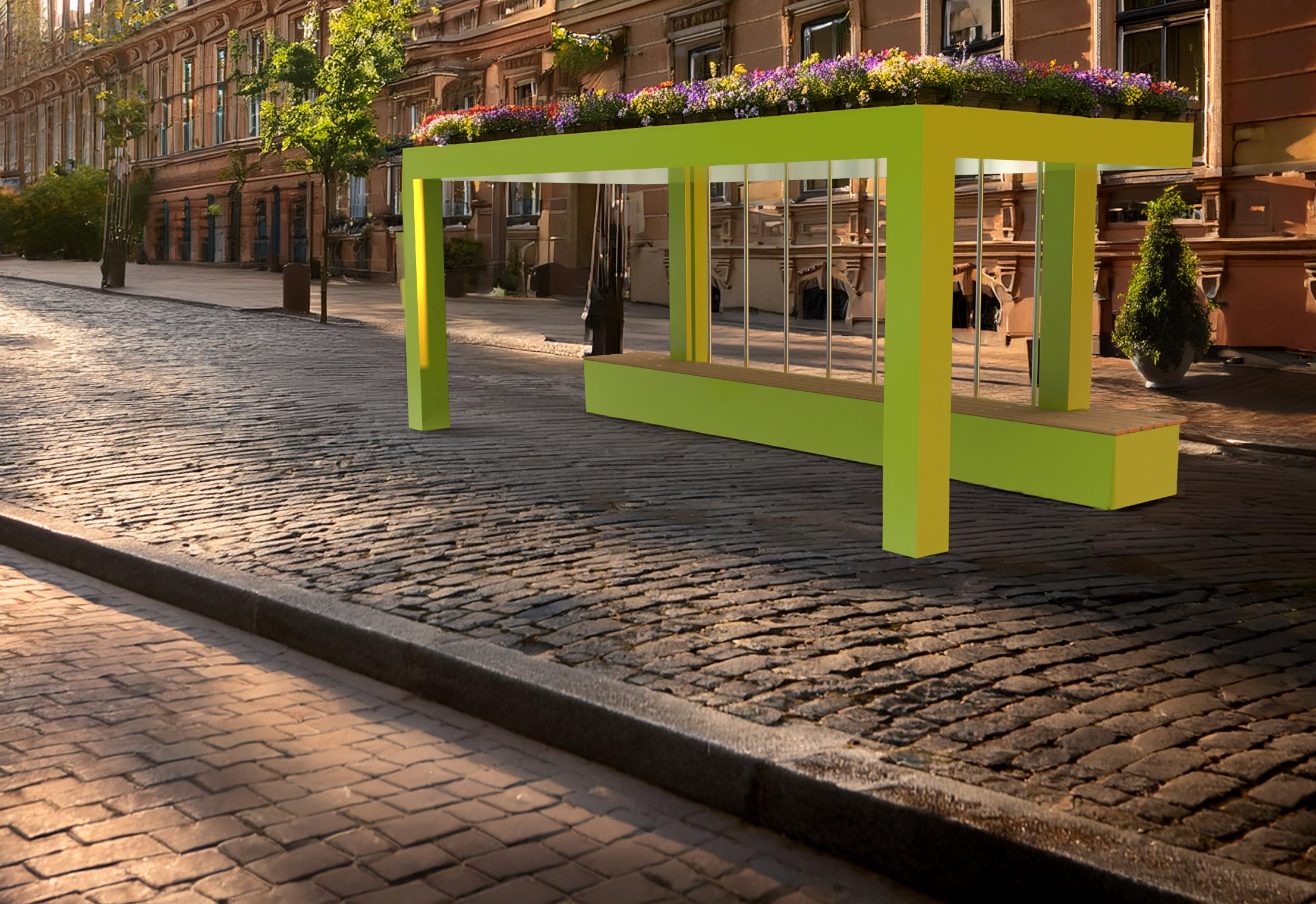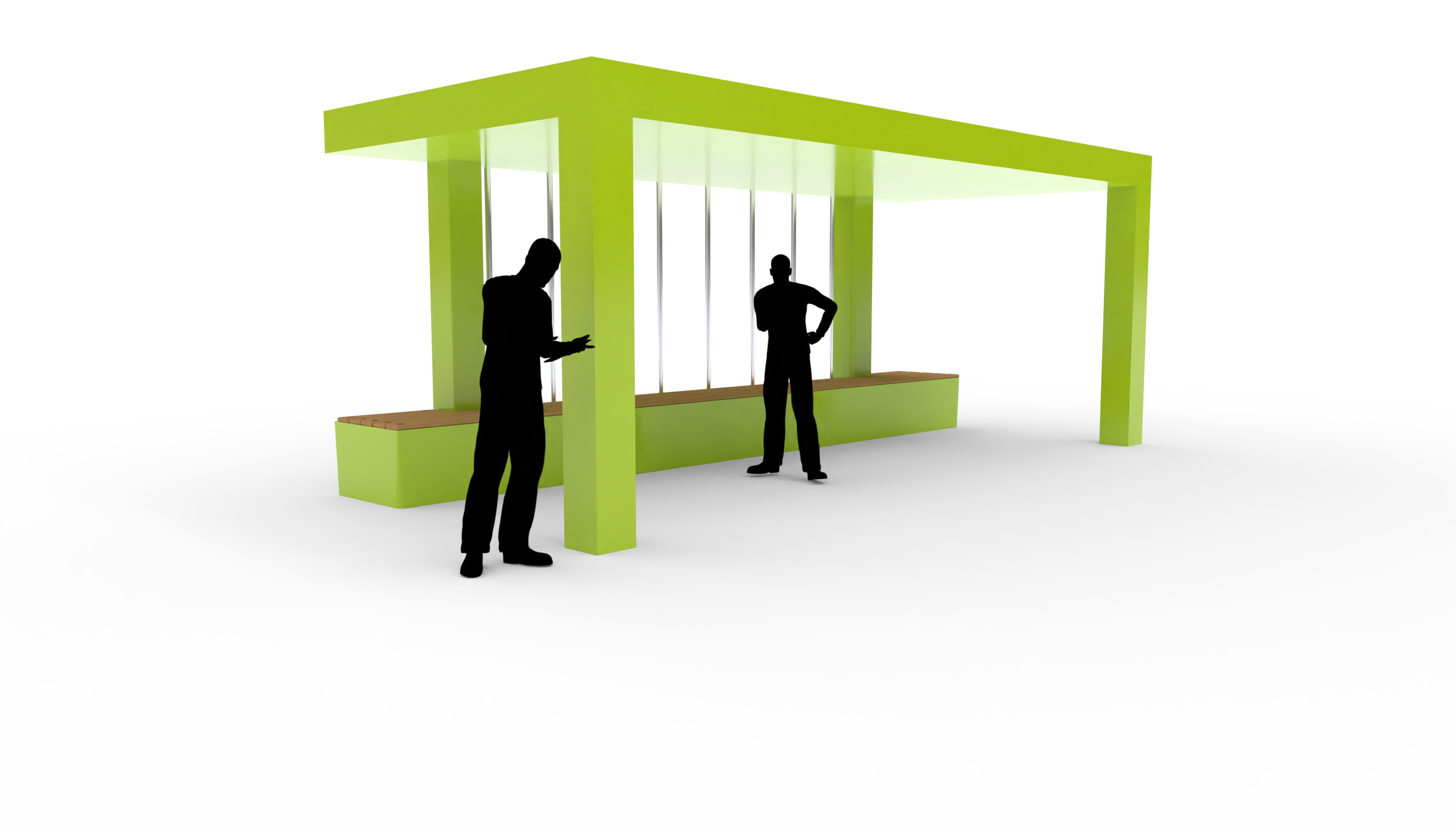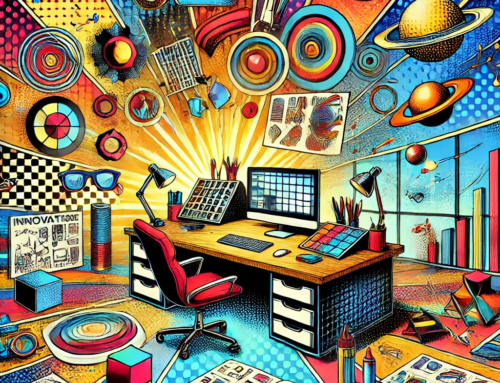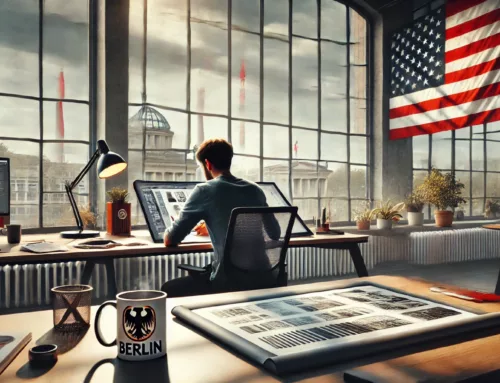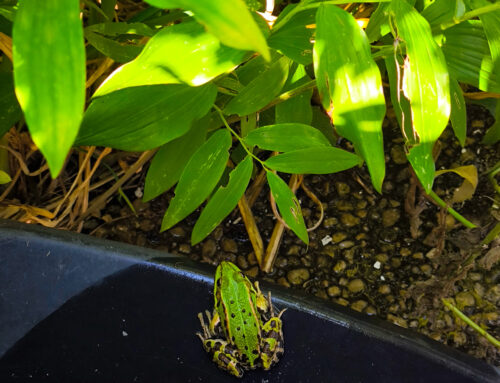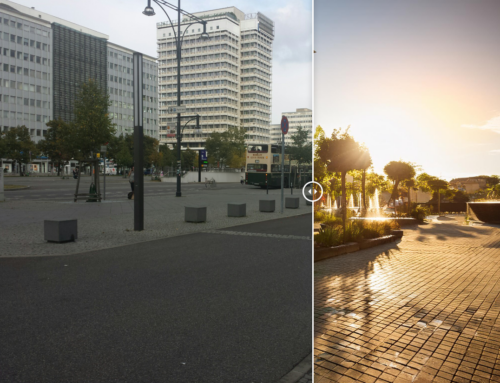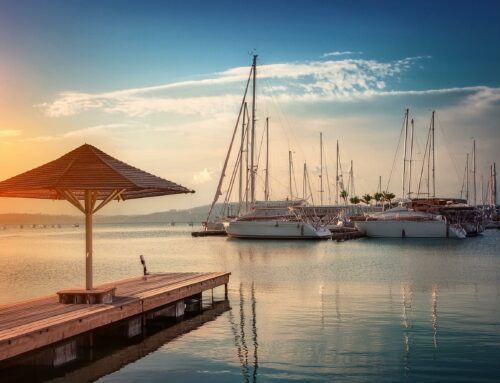Street furniture shapes the image of our cities and contributes significantly to the quality of life.
But in times of climate change, it needs to do more than just look good.
Intelligent design can make street furniture an important player in the fight against heat and for greater sustainability.
Shading: more than just a sunshade
Heatwaves are becoming more frequent and more intense.
Street furniture can help here by providing shade.
This can be classic parasols, but also innovative solutions such as green pergolas, awnings or trees integrated into benches.
This creates pleasant places where people feel comfortable even in high temperatures.
Bus stops with green roofs: green oases in urban areas
Bus stops are often unprotected places where you are at the mercy of the sun.
Green roofs can make a big difference here.
It cools the bus stop, filters pollutants out of the air and creates a more pleasant microclimate.
Green roofs also provide a habitat for insects and birds and contribute to biodiversity in the city.
Street furniture in the face of climate change: multifunctional solutions
Street furniture can do much more to make our cities climate-friendly.
Rainwater can be collected and used to water plants.
Benches can be fitted with solar panels to generate energy for lighting or for charging smartphones.
And by using sustainable materials and durable construction, the ecological footprint of street furniture is minimized.
Design, the key to acceptance!
Good design is crucial for street furniture to achieve its full effect.
It must not only be functional and durable, but also aesthetically pleasing and invite people to linger.
Only then will they be accepted by people and contribute to improving city life.
Street furniture is more than just functional objects.
It can make an important contribution to climate adaptation and the sustainability of our cities.
Through intelligent design and the use of innovative technologies, they can become green oases and meeting places that make life in the city more liveable. The green roof of a bus stop also serves as a reservoir during heavy rainfall.
Here in the design, 3000 liters of rainwater can also be temporarily stored in the water tank serving as a bench, which can then be returned to the green roof during longer periods of drought.



